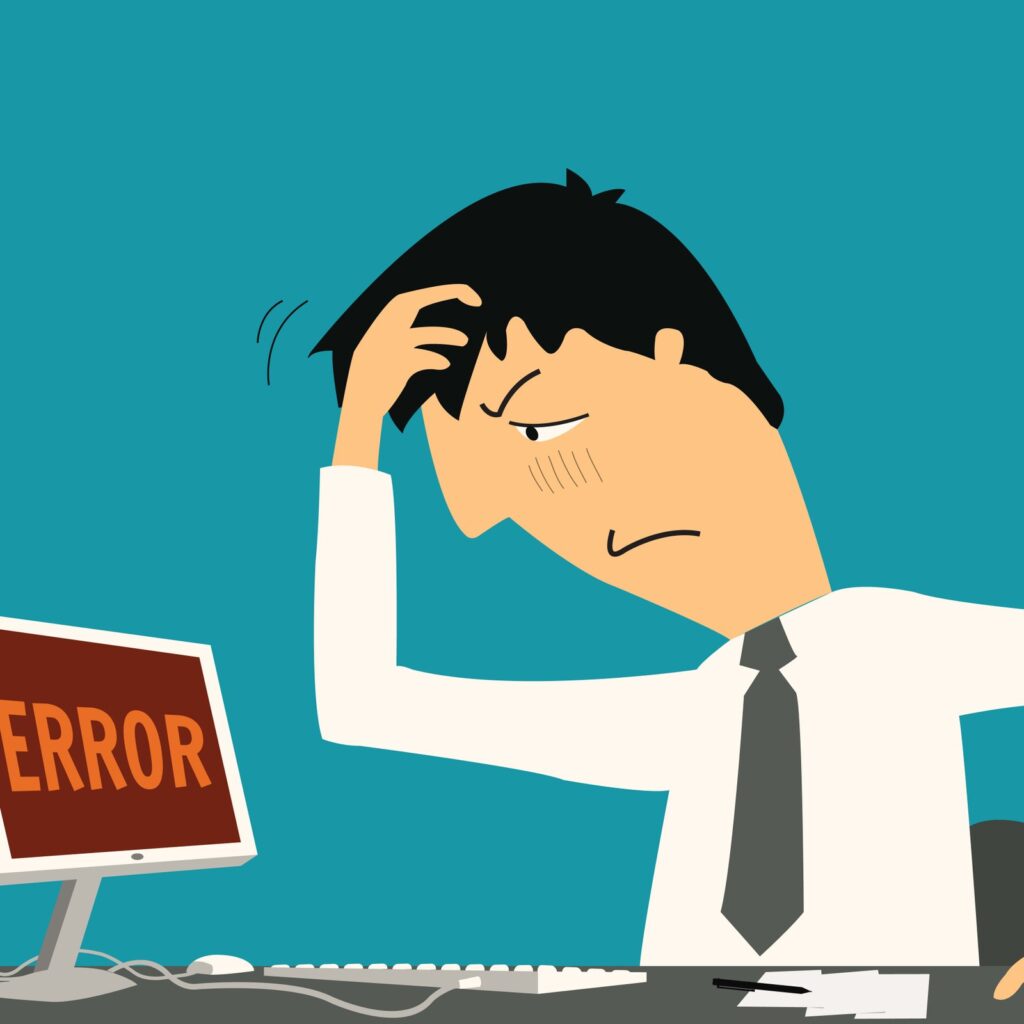Are ICOs the Future of Startup Fundraising? Cryptocurrencies are Giving Founders a New Platform for Fundraising

Cryptocurrencies are giving Founders a whole new platform for fundraising. As a strategic business consultancy that offers Fractional CFO services to entrepreneurs and startups we get a lot of questions about raising capital. While the general consensus among experts is to first raise traditional angel and seed rounds some founders are exploring the use of […]
The Triple Bottom Line Goal of Sustainable Business

Earlier, we wrote a blog post on California passing legislation creating new business structures for social enterprise. In this post, we’ll discuss what exactly the triple bottom line approach to sustainable business (social enterprise) really is. Triple bottom line refers to the 3 “P’s” – Profit, People, Planet. It is a term often connected to […]
California Passes Legislation Creating New Structures for Social Enterprise

With limited legal designation for social enterprises, social entrepreneurs are forced to struggle with which legal form to choose for their ventures. Traditional legal entities are not well-suited to blend the social and profit-making purposes of a social enterprise. Management of for-profit companies are liable to shareholders for failure to maximize profit. On the other […]
The Structures of Social Enterprise

We are beginning to see more and more companies begin to blend their traditional corporate structures with a more modern obligation to philanthropy and social awareness. Social Entrepreneurism is on the rise and suddenly profit isn’t the only driving force behind big business. Across the nation, various legislations have passed to establish new corporate structures […]
Driving Economic Development with Inclusive Business

An Inclusive Business is a business model that strives to benefit the community by directly including low-income populations into their business cycles, whether as producers or consumers of the good or service. It is a strategy that aids a large and often forgotten section of the community through social initiatives while still fostering business growth […]
Keeping Up-To-Date On Social Enterprises

As mentioned in the previous blog post on scaling your social enterprise, part of building out your organization is through expanding your network. Similarly, part of staying up to date on the latest information in the social enterprise world is to maintain those network connections and continue to seek out answers to your ongoing questions. […]
Social Enterprises Globally

There is a rich social enterprise culture present in the United Kingdom. With the 2010 election of Prime Minister David Cameron, a platform policy of the U.K. Conservative Party known as the “Big Society” has been launched and aims to empower local community entrepreneurs. One of the five main objectives is to support co-ops, mutuals, charities […]
Common Mistakes Made By Social Entrepreneurs

As with any entrepreneurial venture, a social enterprise is bound to encounter some challenges in the process of starting up and becoming established. Below are some examples of mistakes social entrepreneurs have made and how they have learned from these mistakes. Product: Zack Rosenberg, founder of DoGoodBuyUs, a website that sells products made by charitable […]
Scaling Your Social Enterprise

There are two ways to scale your social enterprise: through organizational growth or through other forms of increasing social impact beyond the organizational boundaries. Organizational growth is the internal changes made aimed at maximizing social impact, such as diversifying into other services or activities, serving more people by increasing employment number and hours, starting a […]
Social Enterprise: Competing With Non-Profits and For Profits
Part of the process of differentiating from a non-profit organization and a for profit business requires a social enterprise to understand how it competes with the business entities on each end of the business spectrum. For Profit: When it comes to competing with other entities, the most significant competitor for a social enterprise is a […]

